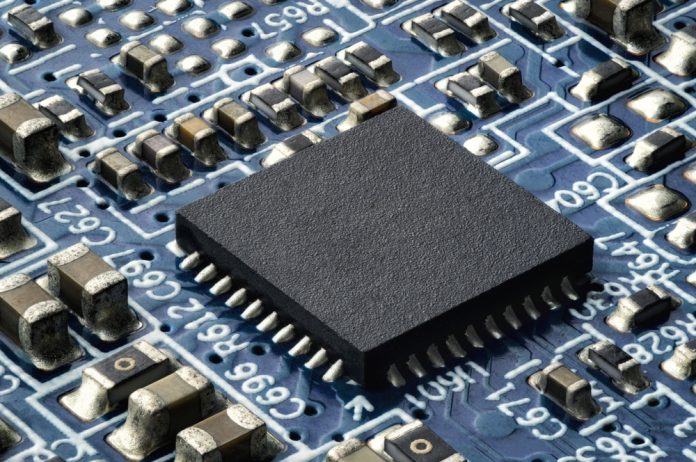Revolutionizing Wearable Electronics: New Breakthrough in Flexible Thermoelectric Semiconductors

The world of wearable electronics is set to take a massive leap forward, thanks to pioneering research from the Queensland University of Technology (QUT). Scientists there have successfully engineered a new class of flexible thermoelectric semiconductors by manipulating atomic vacancies within crystals. This innovative technique, known as vacancy engineering, could soon lead to energy-harvesting wearables that transform body heat directly into usable electricity — without the need for traditional batteries.
Thermoelectric materials have long been praised for their unique ability to convert heat into electricity silently, pollution-free, and without any moving parts. However, a persistent challenge has been making these materials both highly efficient and mechanically flexible. Thanks to advances described in the study, detailed here: "New Material Promises Flexible Thermoelectric Semiconductors", we are closer than ever to solving this conundrum.
Vacancy Engineering: A Game-Changer
"Vacancy engineering" involves precisely controlling the empty spaces where atoms are missing within a material’s crystal lattice. By doing so, researchers dramatically enhanced the heat-to-electricity conversion efficiency of AgCu-based semiconductors (an alloy of silver, copper, tellurium, selenium, and sulfur), while also making them remarkably flexible and stretchable.
Using a simple and cost-effective melting technique, the team developed new flexible micro-devices that can be worn on the skin, such as on a person’s arm, harvesting body heat even during exercise when the temperature differential between the body and environment is greatest.
Shaping the Future of Flexible Electronics
As demand grows for self-powered wearable technologies — from smartwatches to health monitoring patches — the development of flexible thermoelectric materials becomes increasingly critical. Current technologies rely heavily on thin films of inorganic materials or hybrid composites. While inorganic materials offer high conductivity, they are often brittle. Organic materials, on the other hand, are flexible but underperform electrically. This new AgCu semiconductor offers the best of both worlds: high performance and excellent mechanical flexibility.
Professor Zhi-Gang Chen, co-author of the research, emphasized the importance of exploring wide-ranging possibilities in flexible semiconductors, noting that until now, the underlying mechanisms enabling both high conductivity and flexibility had remained largely unknown.
A New Era for Thermoelectric Wearables
This breakthrough could herald a new era of wearable devices that do not rely on bulky batteries or frequent charging. Imagine smart clothing that powers itself during a morning jog, or medical sensors that operate continuously without ever needing to be plugged in. Flexible thermoelectric materials like those developed by QUT researchers could make these futuristic ideas a reality.
Stay tuned for more exciting developments in materials science innovation — right here at Quantum Server Networks.
💡 Support Science Exploration with Quantum Server Networks!
Enjoyed this article? Help us continue delivering independent, high-quality coverage of groundbreaking materials science research!
Donate via PayPal:
Support Now✨ As a thank-you, donors can feature their research, scientific products, or services in a dedicated blog post on Quantum Server Networks — shared across leading materials science communities worldwide! ✨
📧 Interested? Reach out at: gabriele.mogni@qscomputing.com

Comments
Post a Comment